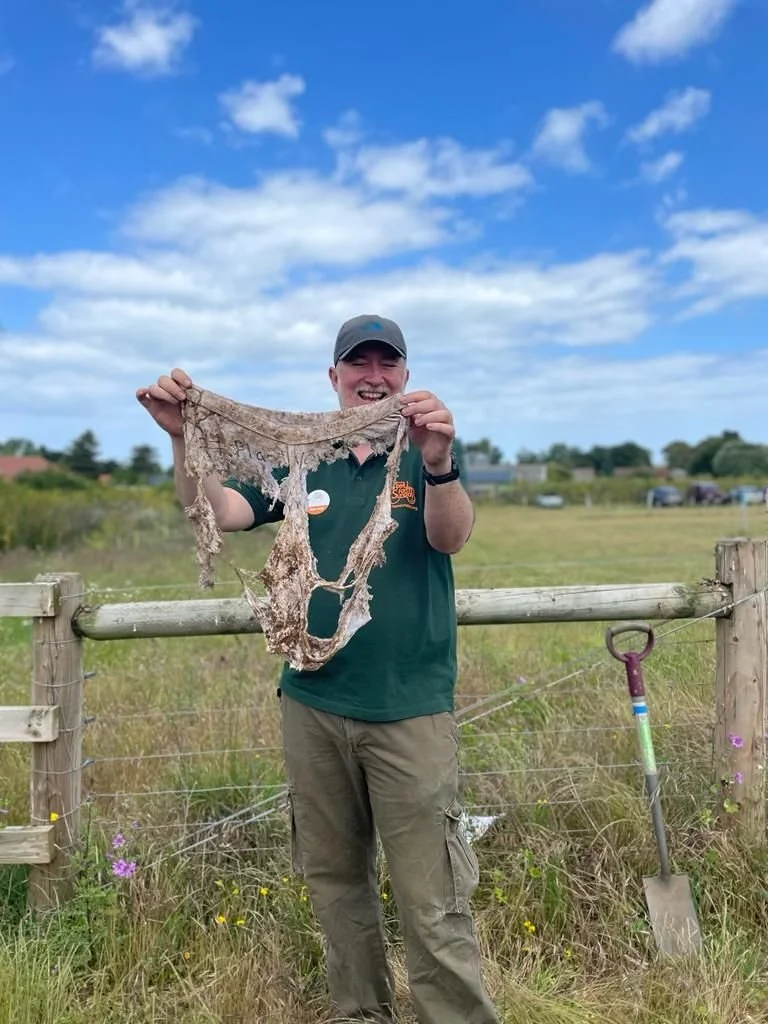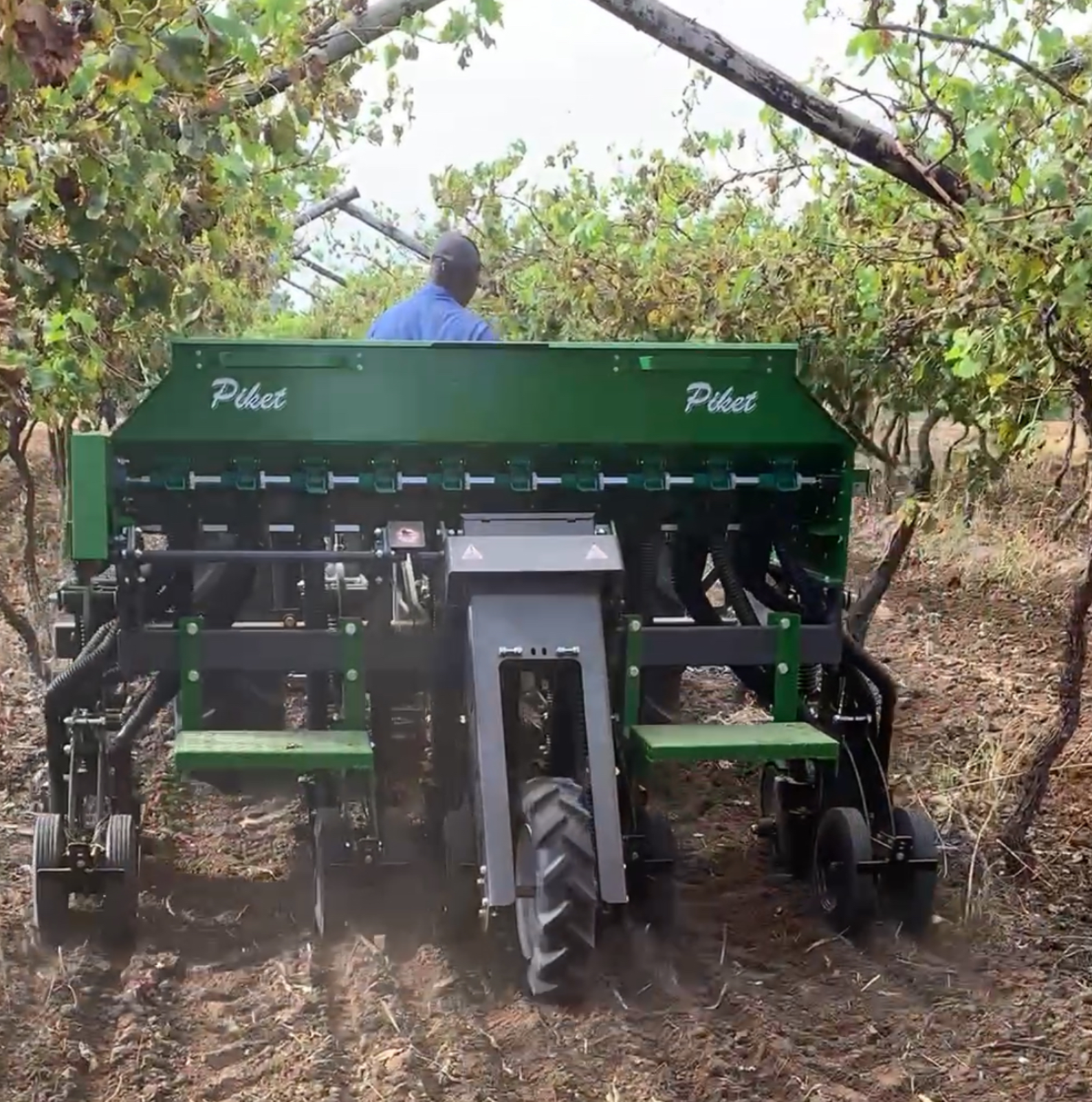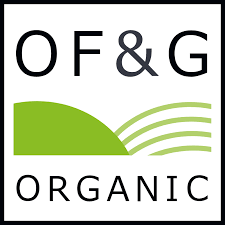
All the tools for regen farming
at your fingertips
Fieldmargin has the essential tools you need to help you save time, enhance team communication, and maintain records for better management and compliance evidence. Designed with flexibility in mind, it seamlessly integrates into regenerative farming systems, adapting to your unique needs and practices.
Core features
Map your Farm
Create a detailed and interactive map of your farm in just 30 minutes using RPA field boundaries. Record crops and plan rotations, add more detail with features like fences, gateways, buildings and water pipes. This is the central hub for you and your team for navigation and planning activities, making sure everyone is on the same page.
Plan and Record Field Jobs
Easily plan and record all your field activities, from planting to harvesting. Fieldmargin's intuitive interface makes it simple to schedule tasks, assign them to team members, and keep detailed records of inputs used and when.
Record Livestock Grazing
Manage your livestock movements with ease. Fieldmargin allows you to track grazing patterns, rest periods, and monitor pasture health, which is crucial for practices like mob grazing.
Reports and Analysis
Generate comprehensive reports on your farming activities including Gross Margins and Nutrient Management. These reports can be used for internal analysis to improve , compliance, and demonstrating the effectiveness of your regenerative practices.
How fieldmargin supports a regenerative farming system
-

Diversity
Fieldmargin’s flexibility allows you to map and manage diverse crop rotations. As well as populated crops you can make your own field usages to track different species, and you can divide fields to record space left for nature to support a thriving ecosystem. Use notes and data monitoring sites to track farm biodiversity.
-

Livestock Integration
Recording crops, pasture management and livestock in one place makes fieldmargin perfect for mixed farms and arable farms integrating livestock, as well as pasture-based systems. Our livestock features are particularly suited to mob or holistic planned grazing. You can track grazing and rest days, use data monitoring sites to track soil health and sward height, and use sub-fields to map blocks or cells of pasture.
-

Minimize Soil Disturbance
Fieldmargin helps you plan and document reduced tillage or no-till practices to protect beneficial soil organisms and maintain soil structure. Monitor fuel use to quantify the savings from not moving soil. Use field history and reports to compare the performance of fields during the transition to reduced tillage.
-

Maintain Living Roots
Fieldmargin allows you to plan and record the planting and management of cover crops, ensuring that your soil is always protected from erosion and extreme weather conditions. Use sub-fields to easily keep records of fields where cover and commercial crops are grown in a single season.
-

Protect the Soil
Make notes in fieldmargin of soil health and analysis, including visual assessments and lab results. Use note locations to plot where soil has been sampled so you can return to the same place when sampling again. Document the health of your crops across the seasons to monitor the impact of soil health, for example on water infiltration or retention.
How regen farms around the world use fieldmargin
Embrace and optimise sustainable farming with fieldmargin
Regenerative farming, often referred to as ‘Regen Ag,’ is rapidly gaining traction as a key approach to sustainable agriculture. This method not only promotes the production of healthy food but also protects our planet by supporting biodiversity, enhancing soil health, and reducing emissions. There isn’t a set methodology but it loosely follows the ‘5 principals of regenerative agriculture’: diversity, livestock integration, minimising soil disturbance, maintaining living roots and protecting the soil.
Fieldmargin’s flexibility means it can be used with many different crops and farm layouts, making it an excellent choice for regenerative farmers. Its combination of crop and livestock record-keeping tools ensures that all aspects of farm management are covered. Whether you’re new to regenerative agriculture or have been practicing it for years, maintaining accurate farm records is crucial. Fieldmargin simplifies this process, allowing you to focus on running your farm.
Understand the financial impact of regenerative farming
Transitioning to regenerative farming can increase farm profitability and reduce volatility. This is achieved by reducing costs associated with fertilizers and diesel, combating pests naturally, and cultivating more resilient crops and livestock as well as the potential for crop premiums. Fieldmargin helps you monitor your transition and how it is impacting farm profitability by providing a comprehensive history of your farm’s practices, making it easier to recall and compare outcomes.
Store records of crop inputs, yields and soil analyses safely; ensuring they are always accessible. Fieldmargin’s costing tools allow you to evaluate the financial impact of your management practices. Track how reducing fertilizer use due to healthier soils affects your gross margins, helping you make informed decisions that improve your farm’s profitability.
Proper documentation of regenerative practices is essential for accessing additional revenue streams such as supply chain premiums, carbon credit trading, and government subsidy schemes. Fieldmargin provides the evidence needed to qualify for these benefits, ensuring that your farm can take full advantage of the financial opportunities offered by regenerative farming.
Measuring your farm’s carbon impact and getting paid for it
Having good farm records is essential for farm carbon calculation, whether for benchmarking or trading to increase your farm income. We have partnered with Agreena to make it simple for fieldmargin farmers to get started with estimated earnings for their farm’s carbon and reporting.
On average, Agreena pays UK farmers £33/ha for adopting regenerative practices such as:
Reduced tillage
Cover cropping
Organic fertiliser use
Residue management
Our farmers love us
Our farmers use fieldmargin with




















